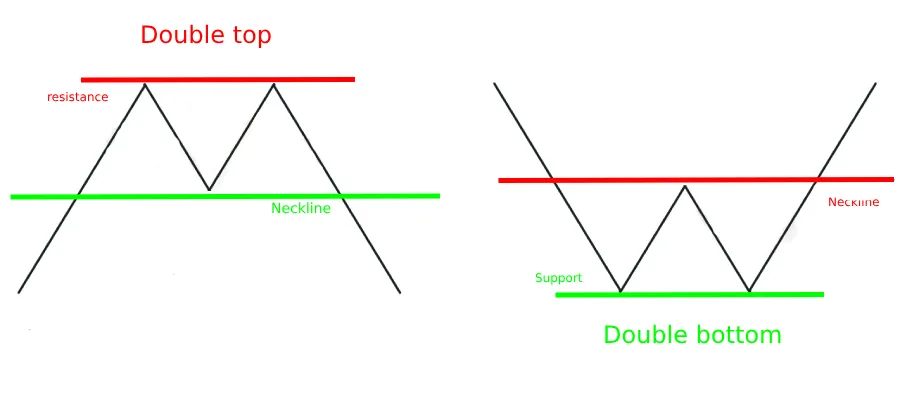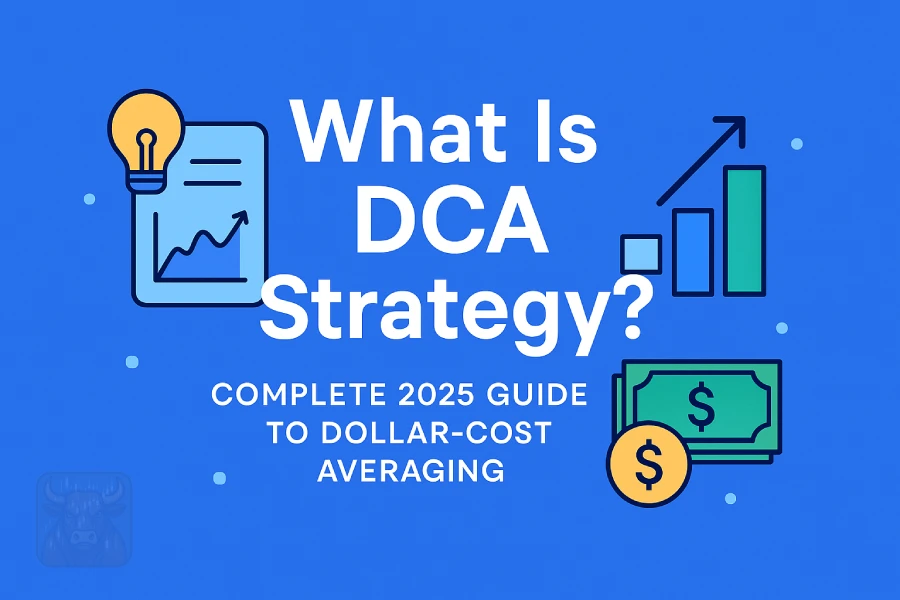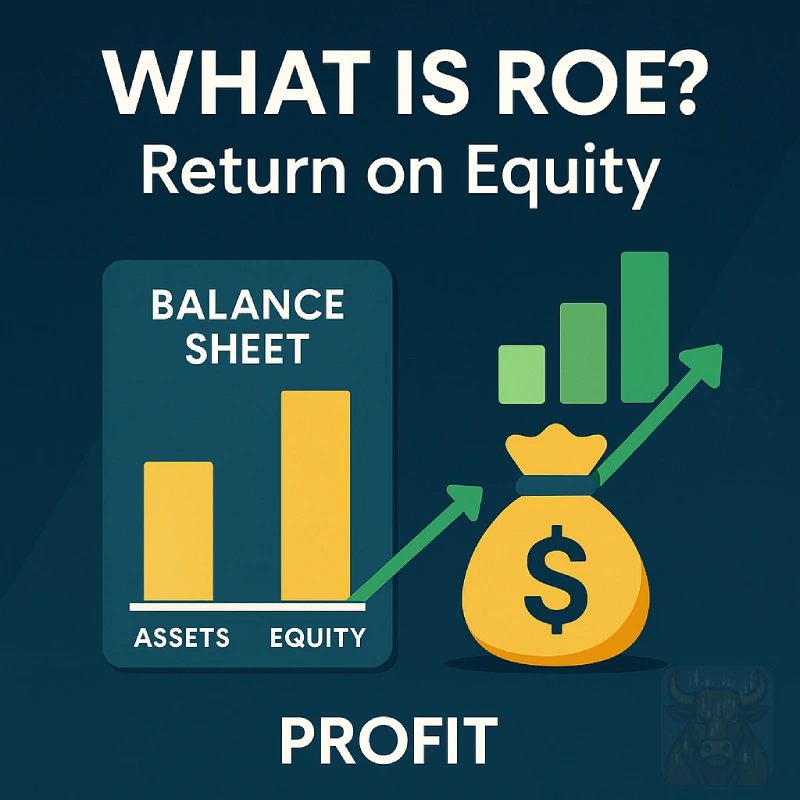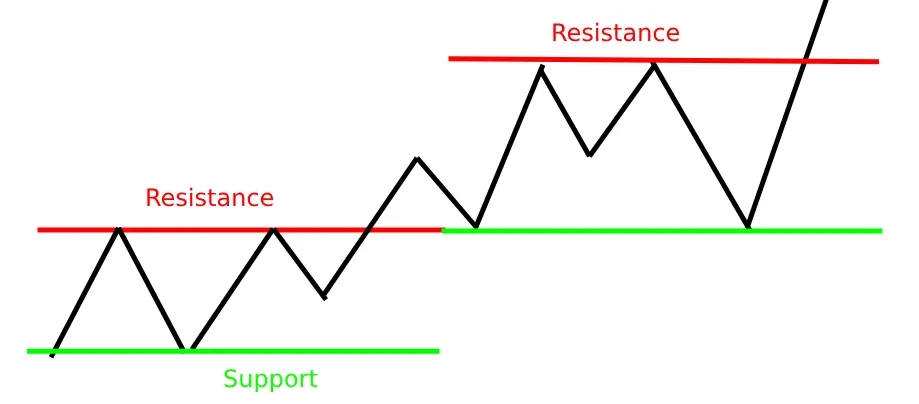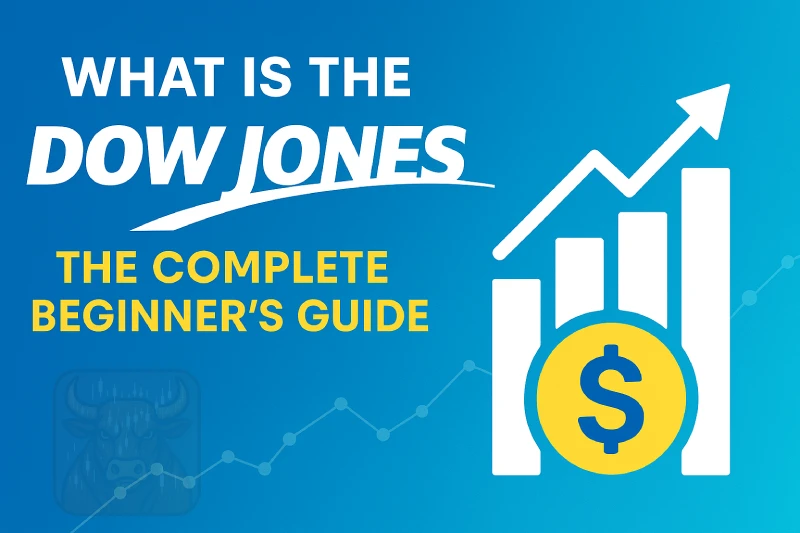🚀 Nasdaq Explained: 2025 Guide to America’s Top Tech Stocks

Did you know the Nasdaq is home to companies worth over $25 trillion, more than the entire U.S. GDP? Launched in 1971 as the world’s first fully electronic stock exchange, the Nasdaq has evolved into the top marketplace for technology and growth stocks. With giants like Apple, Microsoft, and Nvidia, the Nasdaq drives innovation in AI, cloud computing, and semiconductors, making it a powerhouse for investors seeking high-growth opportunities. Whether you’re a beginner asking “What is Nasdaq?” or looking for how to invest in Nasdaq in 2025, this guide will break it all down in simple terms.
In this comprehensive 2025 guide, you’ll discover:
✅ How the Nasdaq became the world’s tech hub
✅ Why it’s growing 3x faster than the Dow Jones
✅ The surprising companies that dominate the index
✅ How to invest in the Nasdaq (even with $100)
✅ The AI stocks fueling its 2025 rally
💡 What is the Nasdaq?
The Nasdaq is the world’s second-largest stock exchange by market capitalization (after NYSE), famous for listing technology and growth companies. Unlike traditional exchanges:
📌 2025 Key Stats:
- Companies listed: 4,300+
- Total market cap: $25.4 trillion
- Average daily volume: 6.2 billion shares
- Flagship index: Nasdaq-100 (Top 100 non-financial stocks)
Why It Matters:
✔ Home to 90% of tech giants (Apple, Microsoft, Nvidia)
✔ Leads innovation (AI, biotech, blockchain listings)
✔ Benchmark for growth investing
✔ First fully electronic exchange (since 1971)
📈 Nasdaq vs. Other Major Exchanges
| Feature | Nasdaq | NYSE | S&P 500 |
|---|---|---|---|
| Focus | Tech/Growth | Blue Chips | Broad Market |
| Avg P/E | 32x | 18x | 21x |
| Top Holdings | AAPL, MSFT, NVDA | BRK.A, JNJ, V | AAPL, MSFT, AMZN |
| Volatility | High | Medium | Medium |
💡 Pro Tip: The Nasdaq-100 has outperformed S&P 500 by 150% over the past decade.
⚙️ How the Nasdaq Works
The Nasdaq operates differently from older exchanges like the NYSE — and that’s part of why it became the world’s top destination for tech stocks.
🔑 Key Features You Should Know
1️⃣ Fully Electronic Exchange
Since its launch in 1971, Nasdaq has been the first stock exchange to run entirely on computers. There’s no trading floor, all trades happen digitally, using advanced algorithms that match buy and sell orders in real time.
2️⃣ Market Maker System
Instead of human floor brokers, Nasdaq relies on “market makers” — firms that continuously provide buy and sell quotes, keeping the market liquid and efficient. This system ensures you can trade even fast-moving stocks like Nvidia or Tesla without delays.
3️⃣ Listing Requirements
To be listed on the Nasdaq, companies must meet strict financial, governance, and reporting standards. This helps maintain trust, especially in high-growth sectors like biotech, cloud computing, and AI.
4️⃣ Opening and Closing Crosses
At the start and end of each trading day, Nasdaq uses special auction-like processes, called the Opening Cross and Closing Cross — to determine the official prices for stocks, balancing supply and demand.
🔍 Real-World Example
Let’s say you want to buy Amazon (AMZN) stock:
✅ Your online broker sends the order directly to Nasdaq
✅ Nasdaq’s electronic system finds a matching seller within milliseconds
✅ The trade is executed, and you officially own Amazon shares
This digital-first system is what makes Nasdaq faster, more scalable, and often more appealing for tech companies compared to traditional exchanges.
🏆 The 10 companies with the best performance up to now (2025)
| Company | Symbol | Sector | 2025 YTD Gain |
|---|---|---|---|
| Palantir Technologies | PLTR | AI Software | +57.5% |
| MicroStrategy | MSTR | Bitcoin/Software | +43.1% |
| MercadoLibre | MELI | E-commerce/Fintech | +41.7% |
| Zscaler | ZS | Cybersecurity | +29.2% |
| Netflix | NFLX | Streaming | +28.4% |
| CrowdStrike | CRWD | Cybersecurity | +25.3% |
| Take-Two Interactive | TTWO | Gaming | +22.5% |
| Constellation Energy | CEG | Energy | +21.0% |
| Exelon | EXC | Energy | +19.8% |
| IDEXX Laboratories | IDXX | Pet Healthcare | +18.5% |
⚠️ Note: These leaders reflect the strongest 2025 trends — from AI and cybersecurity to energy and fintech. Diversification is key to managing risk, especially in fast-moving sectors.
Official list of all stocks – click here
💰 How to Invest in the Nasdaq
1️⃣ Nasdaq-100 ETFs (Exchange-Traded Funds)
- The easiest and most popular option for broad exposure.
- Examples include QQQ and QQQM, which track the top 100 non-financial companies on the Nasdaq.
- ETFs offer instant diversification and are suitable for both beginners and experienced investors.
2️⃣ Individual Stocks
- Build a custom portfolio by selecting top-performing Nasdaq-listed companies like Apple, Microsoft, or Nvidia.
- This approach allows you to target specific sectors or themes (e.g., AI, cloud computing, semiconductors).
- Keep in mind it requires careful research and ongoing portfolio monitoring.
3️⃣ Fractional Shares Platforms
- Many online brokers allow you to buy fractional shares, making it easier to access high-priced stocks without needing to purchase a full share.
- This is a flexible option that lets you spread your investments across multiple companies.
💡 Pro Tip: Combine different methods to balance broad market exposure with targeted growth opportunities.
⚠️ 5 Nasdaq Investing Risks
❌ Valuation Bubbles (Some stocks trade at 50x earnings)
❌ Sector Concentration (60% in tech vs 28% for S&P)
❌ Volatility (30% drops happen every 3-4 years)
❌ IPO Hype (Most new listings underperform)
❌ Algorithmic Trading (70% of volume is bots)
❓ Nasdaq FAQs
No, but 60% are tech. Also has biotech (AMGN), retail (COST), and more.
$10 via fractional shares, $100 for ETFs.
Nasdaq is electronic, tech-heavy; NYSE has floor traders, more industrials.
History says sector leadership rotates – stay diversified.
When P/E <25 (currently 35 – slightly expensive).
📌 Key Takeaways
✔ World’s premier tech exchange ($25T+ value)
✔ Home to Apple, Microsoft, Nvidia, and AI leaders
✔ Invest via QQQ ETF or individual stocks
✔ Higher growth but higher volatility than S&P
✔ 2025 opportunities in AI, cloud, and semiconductors
🌟 Final Thoughts
Thanks for sticking around to the end! If you found this guide helpful or learned something new about the Nasdaq, drop a comment below — I’d love to hear your thoughts or questions. And don’t forget to bookmark this page so you can come back anytime you need a refresher or want to explore more investing tips.
Remember: The learning never ends! 🚀📈

